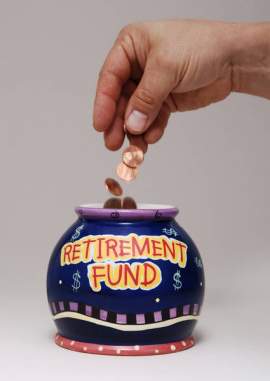
Resistance

When discussing trading of financial instruments one of the indicators that a trader will look at is the resistance and support levels. Resistance levels are those price levels that indicate that a stock has hit a virtual ceiling and the price will begin to come down. Resistance in a stock trading situation is kind of like an upside down trampoline. When the resistance level is reached it will cause a “bouncing” affect where the price of the financial instrument will begin a downward decline.
The opposite of resistance is support. A support level is a level where once a financial instrument drops to a specific level the trend of the financial instrument will indicate that that reaching that price level will cause the stock to start an upward tick. Resistance levels are found by looking at financial instruments closing prices over the course of a number of months or years. When you find a price range that tends to trigger a downturn in stock price it can be used as a resistance level. Once a stock hits its resistance level it has a tendency to take a downturn until it reaches its support level. The support level will do the opposite and cause the stock price to go up.
Traders tend to use the resistance and support levels as an indicator of when to buy and sell their financial instruments. When a financial instruments trading price is rising and about to reach a resistance level it will usually be treated by the investor as a time to sell the instrument. In contrast, when a stock price is dropping the investor will wait until the stock price reaches a support level and buy the stock.
Just as in any other form of trading these resistance and support levels are not definite. Even though there is a pattern that a trader will follow in making these decisions the stock price may reach the resistance level and keep going until it hits a new resistance level and is pushed back down. In the converse a stock price may drop farther than its support level until it reaches a lower support level and is bounced back upwards.
NEXT: Risk





















